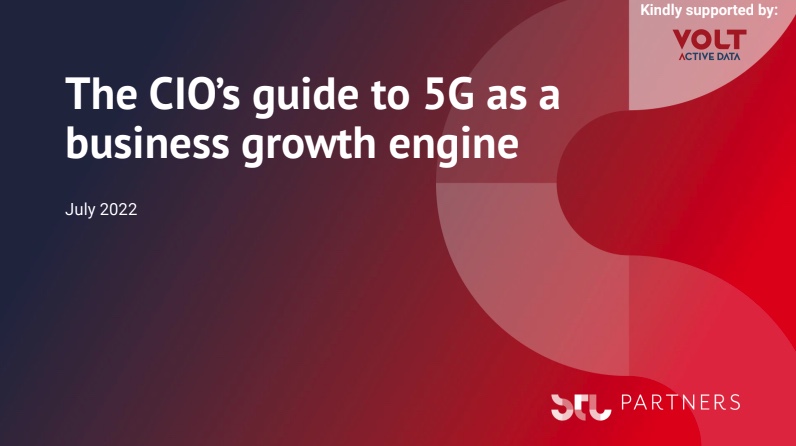Network slicing is the process of dividing physical networks into several smaller virtual networks that can be configured to support unique architectures, rules, performance characteristics, and security features based on predetermined KPIs and service-level agreements (SLAs).
With network slicing, telecom operators can create multiple networks, each with its own tenant, using the same underlying infrastructure. This, in turn, enables telcos to unlock the full potential of their infrastructure by offering customers bespoke networking solutions that meet their specific needs—something that is critically important in an era where no two organizations have the exact same requirements.
Table Of Contents
Why Network Slicing is Becoming So Important
At a high level, network slicing is becoming critical for telecom operators because it enables communications service providers (CSPs) to deploy the exact services they need for each customer.
For example, instead of giving all customers access to a feature-rich network outfitted with every functionality under the sun, CSPs can offer precisely what each customer needs, and nothing more, which enables them to operate more efficiently and increase their margins.
Further, network slicing also enables telcos to get products to market faster because they’re able to trim off the proverbial fat before deploying a service. Additionally, network slicing also plays a pivotal role in helping CSPs maximize the revenue promises of 5G infrastructure, quality of service (QoS) offerings, and data management.
5G and Network Slicing
As 5G networks continue to roll out, telcos have a golden opportunity to generate substantial amounts of revenue. To do this, however, they need to leverage network slicing as effectively and efficiently as they can.
According to a recent report, the 5G network slicing market will eclipse $20 billion by 2026. In order to grab the biggest chunk of that pie, CSPs will need to simplify their tech stacks and ensure that they are able to act on data as quickly as possible.
Doing this requires an underlying data platform capable of processing large volumes of data right where the data event happens — or, at the “edge,” which could be an on-prem data center or in a private or public cloud.
Thanks to network slicing and 5G, telcos will be able to offer purpose-built solutions to customers across industries all using the same infrastructure — helping them tap into the lucrative revenue opportunities 5G networks promise without having to spend enormous amounts of money on the underlying network.
Must Read: Business support system
QoS and Network Slicing
To make the most of 5G, different network slices need to be engineered to support different use cases. For example, while some slices might need to be optimized for low latency (e.g., edge computing), others might need to be optimized for high bandwidth (e.g., streaming video). At the same time, additional slices might need to be optimized for low-power devices (e.g., IoT sensors). The list goes on.
No matter the use case, CSPs need to be able to assure high quality of service (QoS) and manage their networks and bandwidth accordingly. With the right stack in place, operators can allocate resources on a per-slice basis, scaling them up and down as needed to meet the real-time requirements of their customers. To do this, they need a real-time decisioning engine that is capable of analyzing calls, usage, and billing data rapidly — and able to make decisions in 10 milliseconds or less.
With the right approach, telcos are able to optimize the network to essentially deliver QoS as a service itself while supporting eclectic use cases, including real-time analytics using edge computing, remote operations with AR/VR technologies, AI-enabled autonomous vehicles, and real-time video surveillance of distant manufacturing facilities, among other things.
Data Management and Network Slicing
Historically, data management and analytics were handled either in the cloud or in an on-premises data center. But in an age of lightning-fast connectivity, perpetually increasing data volumes, and customers who expect more and more every day, telcos need to act with unprecedented urgency if they wish to make the most of the 5G opportunity.
No longer can telcos afford to route data back from the edge, analyze it, and then act on it. Rather, they need to begin embracing the idea of managing and processing data at the edge so they can make actual real-time decisions and capitalize on in-the-moment opportunities — particularly as they roll out AI and ML solutions at the edge.
For example, as CSPs offer more services, they need to ensure that all billing and charging data is captured and organized efficiently and reliably. At the same time, they have to make sure that their customers are aware of how much they’re being charged — and that they don’t learn the hard way several weeks later when they’re surprised by a bill that finally arrives.
All of this requires building on top of a reliable data platform that’s designed for the 5G era and can unite all of these powerful technologies under one roof.
Ready to see what the ideal data platform for 5G network slicing looks like? Take Volt Active Data for a spin for free today.



